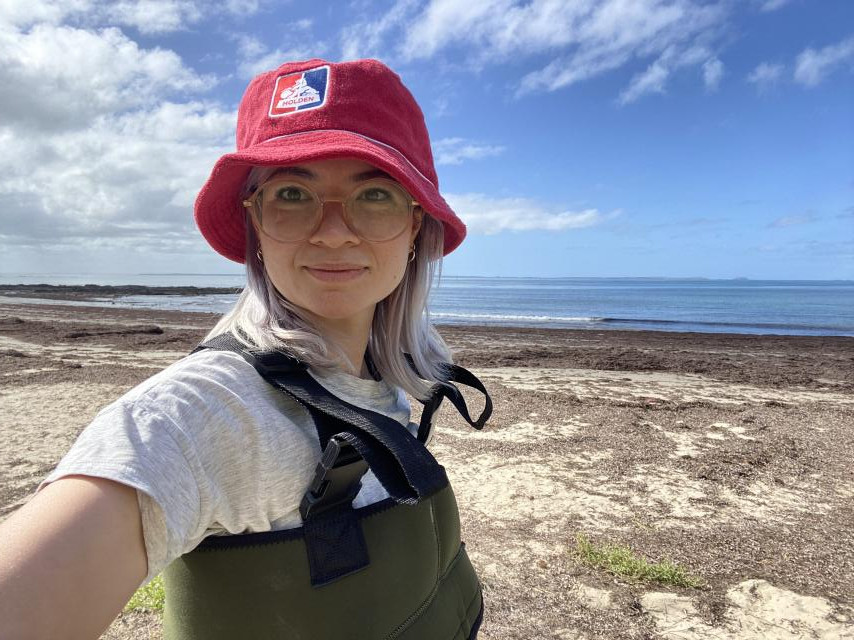Your first thought when you see a pile of pungent seaweed while walking along a beach in the municipality might not be to snap a picture, but Ning Hall hopes you do.
The PhD student said her colleagues at Monash University Water Studies Centre found surprisingly high concentrations of methane in seawater over sand beaches, especially around the Werribee area.
“It’s a real mystery why these methane concentrations are so high since the environment is not one that typically has a lot of methane around,” Ms Hall said.
“This methane then escapes and enters the atmosphere as a potent greenhouse gas.”
Ms Hall said her research will focus on trying to figure out where the methane is coming from and what is driving such high levels.
“My findings so far indicate that it is produced by microbes in the sand and this is really enhanced if there’s a lot of seaweed around on the beach and in the shallow water,” she said.
“Probably because as it breaks down it releases molecules (like sulfides and amines) that the methane-producing microbes can consume to produce energy.
“What I would like to know is when big dumps of seaweed come onto the beaches and where, so I can plan my sampling campaigns and experiments around that [and] photos with a description of the location would be particularly helpful.”
Ms Hall said the local knowledge would be “really helpful” and help provide much needed evidence.
“This is pretty important because seaweed and algal blooms tend to occur more when nutrient releases from water treatment plants or agriculture are not well controlled and therefore if the link between seaweed and methane is real it is another reason why we should care about keeping our waterways clean and with good water quality,” she said.







